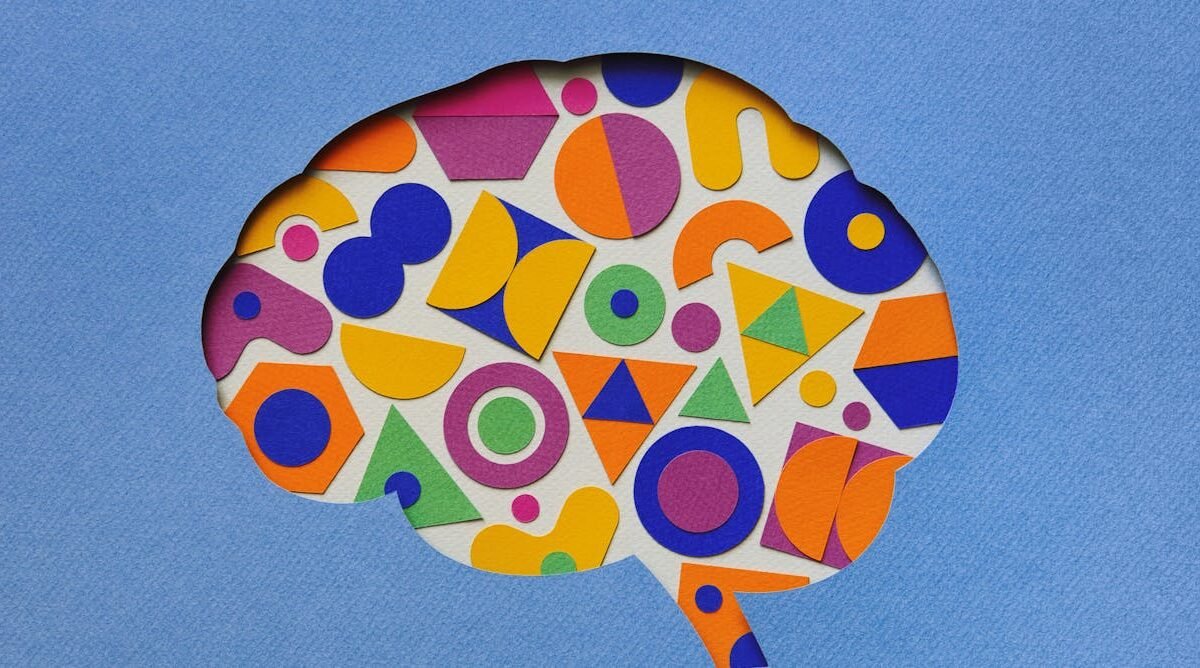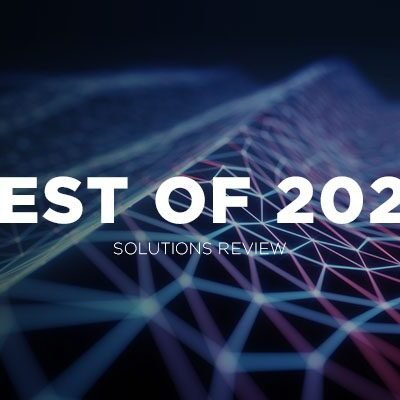The Evolution of Information Access: A Look at Key Moments and the Rise of Generative AI
Throughout history, access to information has undergone significant transformations that have reshaped how we learn and interact with knowledge. Among these, three watershed moments stand out: the invention of the printing press in 1440, the launch of Google in 1998, and the emergence of generative artificial intelligence (AI) in late 2022. Each development has revolutionized the way we access, process, and utilize information, but the pace of change brought on by generative AI is rapid and unprecedented.
The Printing Press: A New Era of Knowledge Sharing
The printing press, developed by Johannes Gutenberg, ushered in a new era where texts could be reproduced quickly and distributed widely. Prior to this invention, books were copied by hand, limiting access to knowledge predominantly to the elite and privileged. As printing technology improved, literacy rates rose, encouraging the proliferation of ideas across Europe. This led to the Renaissance, the Reformation, and the scientific revolution, laying the foundation for modern education and critical thinking.
Google: The Search Engine that Changed Everything
Fast forward to 1998, when Google revolutionized the way we search for and retrieve information. With just a few keystrokes, users could access a virtually limitless wealth of data. The algorithms developed by Google optimized search results, making finding relevant information faster and easier than ever before. This shift not only altered personal research practices but also transformed businesses and the way we interact with technology—enabling a culture of instant gratification when it comes to inquiries.
Enter Generative AI: An Intelligence Revolution
The arrival of generative AI in late 2022 marked a significant paradigm shift. Unlike traditional AI, which primarily analyzes data and makes predictions based on patterns, generative AI creates new content based on user input. Need a menu for a summer barbecue? Generative AI can draft one, alongside a shopping list, invitations, playlists, or even an original song—all tailored to your specifications and real-time suggestions. This adaptability represents a leap beyond simple automation, enabling creative tasks to be completed with unprecedented ease.
Generative AI in the Classroom
As generative AI technology finds its way into classrooms, its practical applications are becoming clearer. Research indicates that generative AI is already being utilized in primary and secondary schools worldwide to personalize learning experiences. By offering tailored study guides, tutoring students at their individual paces, and assisting teachers in lesson planning, generative AI operates much like a private tutor—always ready to pick up where a student left off.
Challenges and Risks
However, the introduction of generative AI in education raises several concerns. The potential for cognitive offloading—where students depend too heavily on technology instead of thinking independently—could undermine critical thinking skills. Additionally, students might be tempted to cheat by exploiting AI’s capabilities to produce work. Moreover, issues such as bias, inaccuracy, and concerns over privacy begin to surface, necessitating a careful examination of how these tools are deployed in educational settings.
Questions for Parents to Consider
As parents navigate this new landscape, there are essential questions they should be asking schools regarding the integration of AI into educational frameworks:
-
What is the school’s plan for adopting AI learning tools and resources? It’s crucial for schools to have a structured framework in place for utilizing AI effectively.
-
How are we already using AI in the classroom? It’s not only important to know if teachers are employing AI but also whether students are actively using these tools in their daily work.
-
What is the plan for the future use of AI in education? Understanding the trajectory of AI’s role in schools can help parents stay informed.
-
How will AI benefit my child’s learning specifically? Parents should inquire about individualized learning interventions facilitated by AI.
-
What measures are in place to safeguard student privacy? Protecting student data is paramount in the age of digital learning.
-
How are students being educated about the appropriate use of AI? Students need to learn responsible usage to become thoughtful consumers of technology.
-
How can AI assist my child with identified special needs? Understanding AI’s role in supporting diverse learners is crucial.
- What AI tools are recommended for home learning? Parents need to know what resources will enhance their child’s education outside of school.
Additionally, schools could consider hosting workshops to educate parents on AI tools and their potential implications, fostering a community that engages with this technology responsibly.
A Future Shaped by AI
The full impact of generative AI on education remains uncertain as this technology evolves rapidly. Continuous dialogue among educators, parents, and students will be essential in navigating these changes. The future may refine the role of teachers and reimagine the educational landscape, but what remains critical is ensuring that human intelligence—our innate curiosity and creativity—remains at the forefront as we integrate AI into learning.




